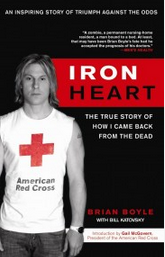
Three years ago, I had the privilege of working with Brian Boyle on his memoir,“Iron Heart: The True Story of How I Came Back from the Dead.” On the way home from swim practice, Brian’s future changed in an instant when a dump truck plowed into his Camaro. He was airlifted to a shock-trauma hospital. He had lost sixty percent of his blood, his heart had moved across his chest, and his organs and pelvis were pulverized. He was placed in a medically-induced coma. He was 18 years old. When Brian finally emerged from the coma two months later, he had no memory of the accident. He could see and hear, but not move or talk. Unable to communicate to his doctors, nurses, or frantic parents, he heard words like “vegetable” and “nursing home.” If he lived, doctors predicted he might not be able to walk again, and certainly not swim. Then, miraculously, Brian clawed his way back to the living. First blinking his eyelids, then squeezing a hand, then smiling, he gradually emerged from his locked-in state. The former swimmer and bodybuilder had lost one hundred pounds.
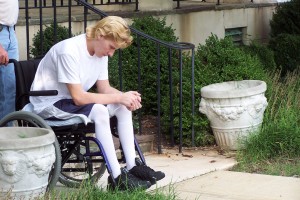
Iron Heart is the first-person account of his ordeal and his miraculous comeback. With enormous fortitude he learned to walk, then run, bike, and eventually, to swim. With his dream of competing in the Hawaii Ironman Triathlon spurring him on, Brian defied all odds, and three and a half years after his accident, crossed the finish line in Kona, Hawaii. Brian’s inspiring journey from coma to Kona was brought to life in his memoir.
These days, Brian is a spokesperson for the American Red Cross. He ran in Boston on Monday. Here’s his account of the experience.– Bill Katovsky
***
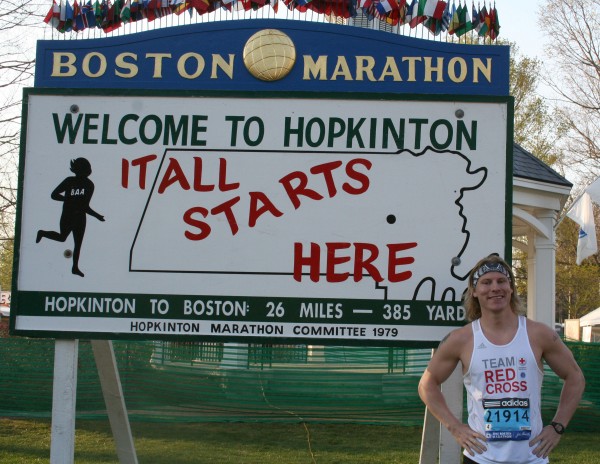
My Boston Marathon Experience
by Brian Boyle
Monday was amazing! As an endurance athlete, running in the Boston marathon is an experience I will always cherish, and as a blood recipient/donor/volunteer it meant so much to be able to run the race for the Red Cross. Due to the heat (close to 90 degrees), it was repeatedly said that it was one of the most difficult races. From my training regime, I was hoping to run a personal best of around 3:20, but I couldn’t believe how much I started to sweat within the first mile so I knew from the beginning it was going to be a rough day.
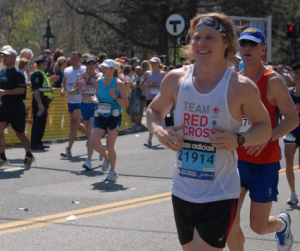
Near the Newton Hills is where the energy was just completely zapped due to the heat, and it was the downhill section that affected me more than going up because the cramps set it in my legs. After Heartbreak Hill,I focused on just enjoying the race and getting to the finish line safely so I stopped and chatted with the Red Cross volunteers forabout 15 minutes near mile 24 and just soaked in the experience of running Boston – it truly was an amazing day!
When I sat down after crossing the finish line amongst the large crowds of people, a runner standing next to me fainted and I hurried to catch him and shield is head before hitting the ground. After 20 seconds or so, he started to regain consciousness when the medics rushed to him, so it took me by surprise that not only did I run the race for the Red Cross but I had to step in and put my volunteer cap on as well.
The Boston marathon was a very challenging race, but I enjoyed every second of it because it was much more than a running event, it was a way that I show my appreciation to people who have supported me over the years.
Boston was my first race after suffering my first running injury back in October (2011) with a stress fracture in my hip, but I really believe I could have gone sub 3:30 that day if the heat wasn’t as bad as it was. I went 4:04.
So far, I’ve competed in nine marathons (PB is 3:38) and one 50-miler ultra, but my technique/pacing still needs a lot of work. I’m a heavier guy, close to 200 pounds normally and about 185 when I race. I’d really like to get down to a 3:05 marathon and “qualify” for Boston. I know I have a lot of work to do with my running form. I was never really shown how to run properly so I kind of just went out there and ran the best way I could.
The shoes I wear during training are the Nike Pegasus 28’s, and I also wear my Nike Frees for the shorter run sessions. During racing, I have been wearing the Nike Luna Racers, but I’m curious to look into a more natural running method with the more minimalist shoes. I’ve just been hesitant because I keep thinking that I need the cushion due to my size and recent injury, but I’m not sure if I’m right for thinking this way.
My next race is the CAT-100 next weekend in Frederick, MD on the Appalachian trail, which will be my first 100 mile ultramarathon.
“Iron Heart” Book Excerpt– Chapter One

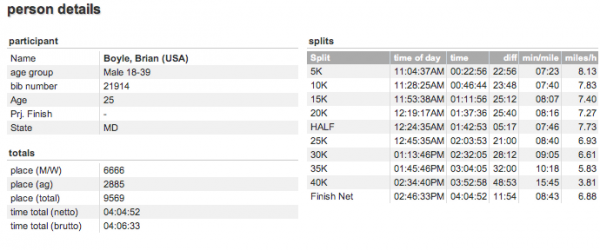
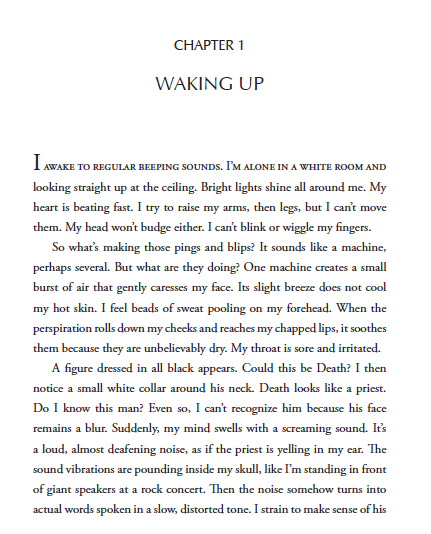
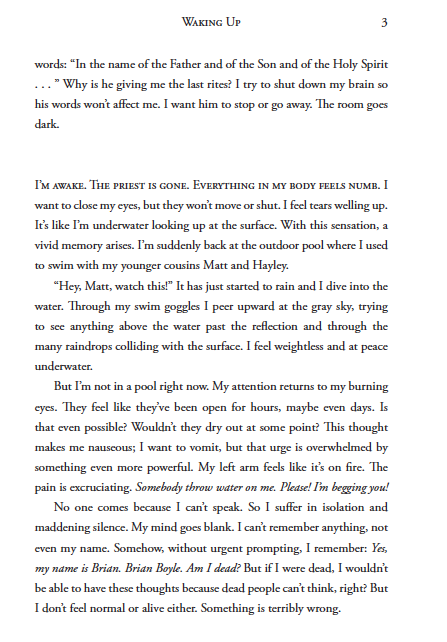
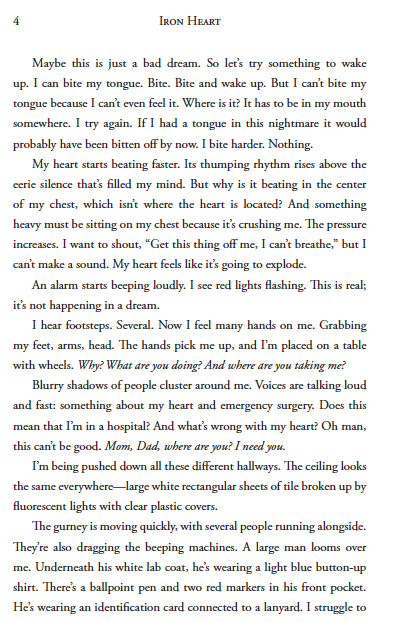
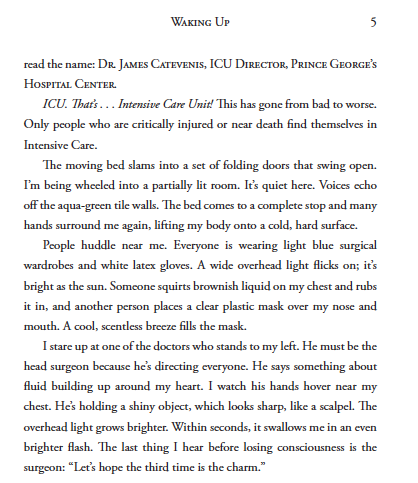
Brian,
Thank you so much for sharing your story for our readers and for helping at the finish. You are an inspiration. I directed a wobbly runner off the course to an Aid Station at Cleveland Circle…hope they were OK too. When folks start getting cooked they lose rational thought at times. Your experience gives you the insight to keep your cool and help others along a course for a single day event or a months long recovery. Come visit Shepherdstown!
Mark